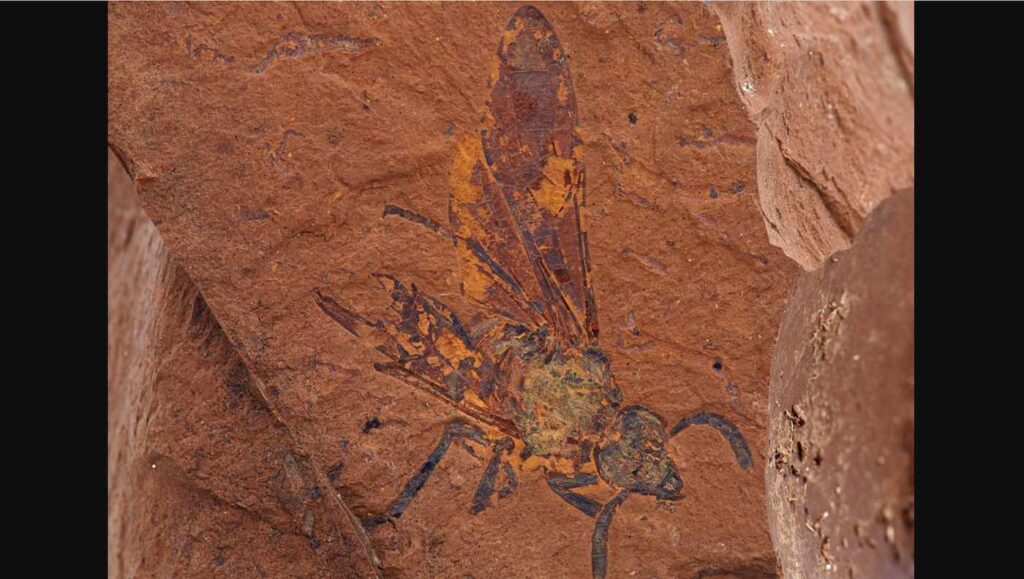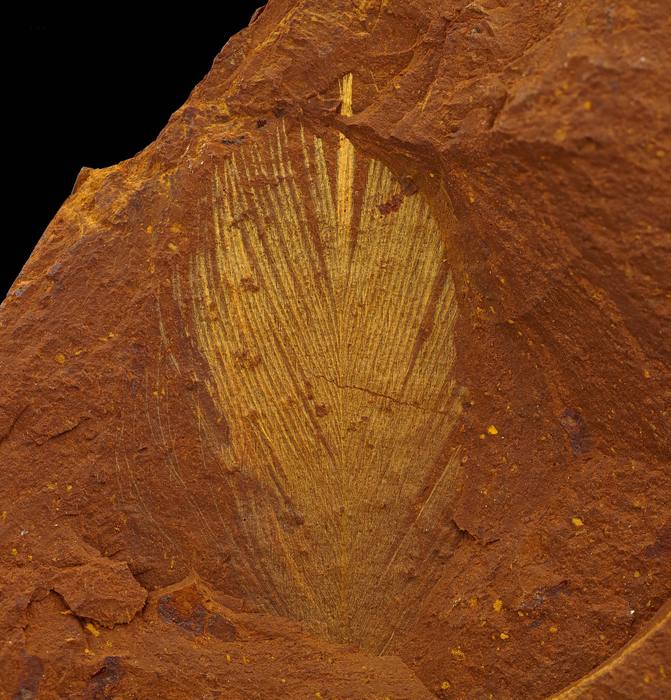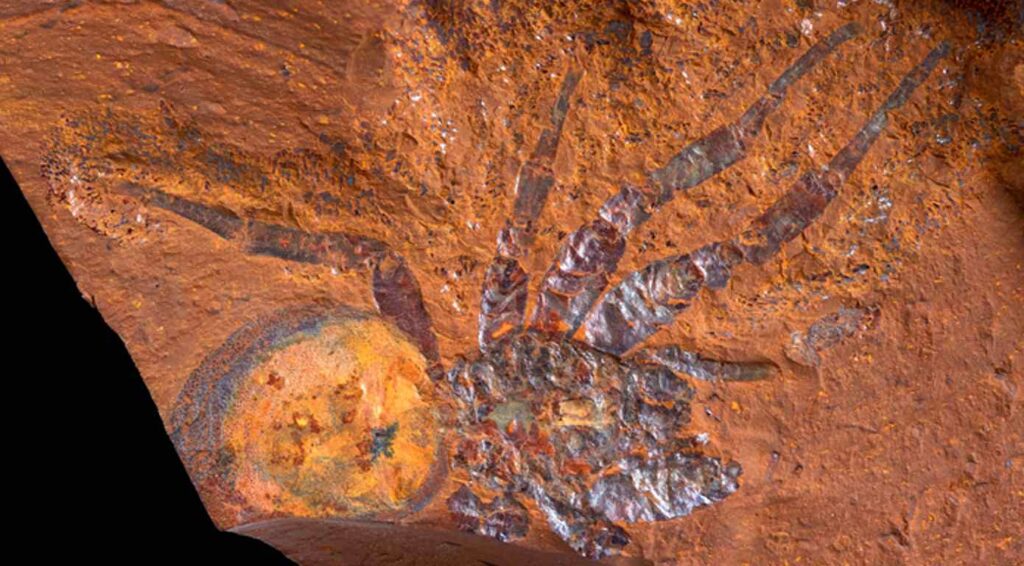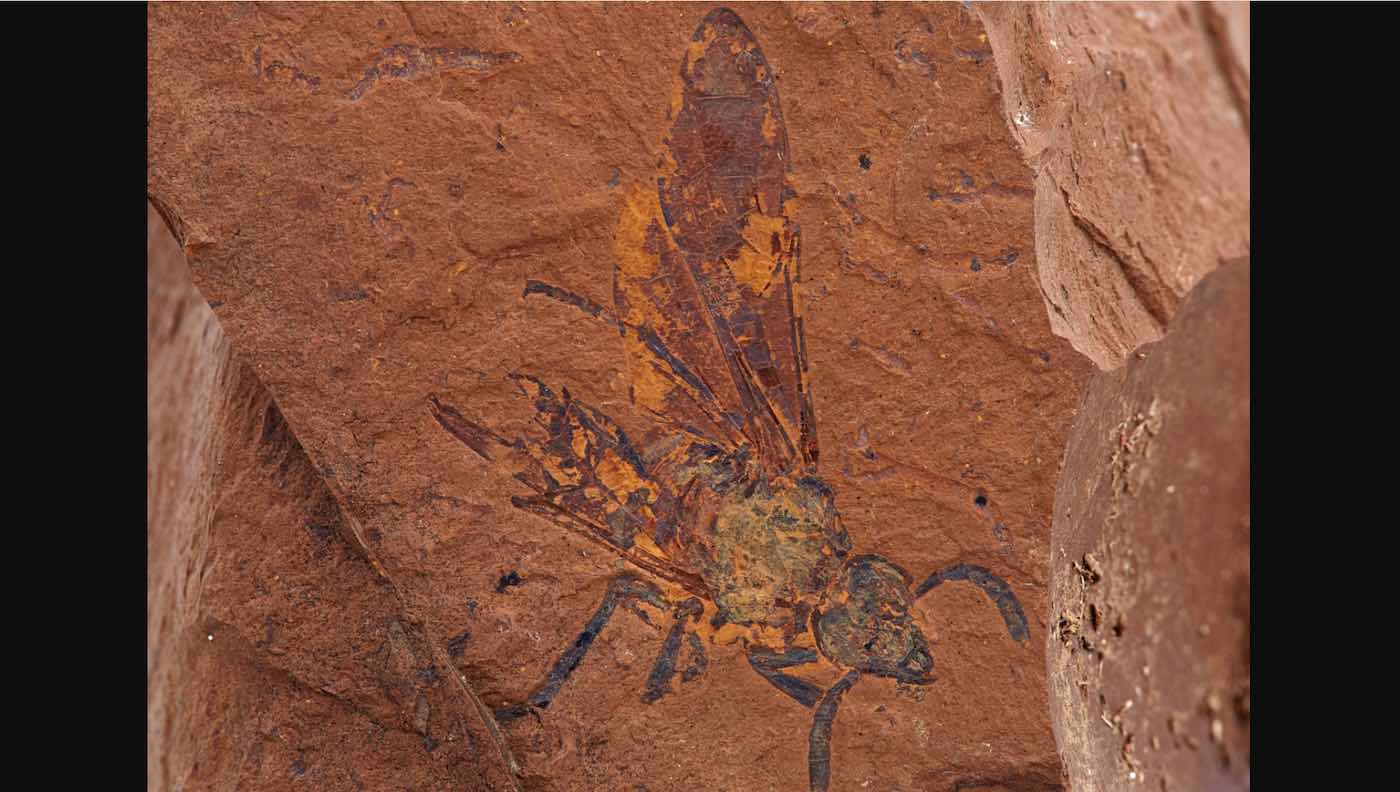
Hundreds of immaculately preserved fossils recently found in Australia offer a view into the continent’s early Miocene period as clearly as in a family photo album.
Set in an iron oxide mineral known as goethite, there are leaves belonging to more than 50 species of plants, fossilized flowers, fish, insects, arachnids, even a fossilized feather.
There are fossils so clear scientists were able to make out nematode worms, parasitic mussels, and the scale of a butterfly wing.
For years, farmer Nigel McGrath struggled to work on a part of his land in Gulgong, New South Wales, that was particularly stony.
Aiming to right the problem for good, McGrath began to work loose the rocks and stones by hand, and in doing so began to notice rusty-red fossils of remarkable clarity.
Taking Mr. Nigel’s name, the site is now known as McGraths Flats, and is one of the only prehistoric fossil beds in the world that preserves the ecosystem of a Miocene rainforest.

Before Australia was hot, scrubby, and dry, it was covered in rainforests between 13 million and 5.3 million years ago.
Atmospheric CO2 concentrations were high, creating the perfect conditions for wet and humid forests and the critters that prefer to dwell within such places. It’s thought the forests gave rise to a richness of species equal to that of modern day Borneo.
Revealed in their full extent in a recent paper, scientists studying McGraths Flats believe them to be the muddy remains of a dried-up oxbow lake, formed when the long horseshoe bend of a waterway was cut off from the main flow.
MORE: 70 New Species Were Discovered in 2021 – Including 2 Guitarfish and a Pink Pygmy Pipehorse
Among the notable finds is evidence of several animal behavior models we see today. A fly was turned to goethite with 12 particles of pollen attached to his head.
The first ever instance of freshwater mussel parasitism was found in the form of mussel stuck to a fish’s tail fin.

Also researchers were able to see the predatory behaviors of the fish inside the lake, as their stomach contents of dragonfly wing and midges were preserved.
As lucky as the studying paleontologists have been, they are hungry for more discoveries, National Geographic reports.

LOOK: Check Out the Greatest Snowflake Photos Ever Taken With Vividly High Resolution
“We know that a feather of a bird preserves really well—but we want the whole bird, and when we do find a bird, we know that it’ll be immaculately preserved,” said study lead author Dr. Matthew McCurry. “We’ve literally got a decade’s worth of work ahead of us.”
SHARE This Deep Dive Story From Down Under With Others…





















Another false date from the Lie of Evolution. The earth was created by God less than 7,000 years ago.
Amazingly beautiful fossils !!